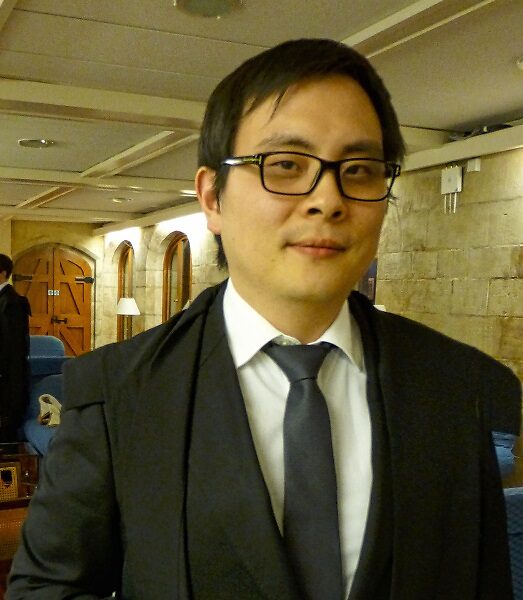Seminar ''Local Atomic Environment Study of the Li-rich Layered Transition Metal Oxide Cathode for Lithium-ion Batteries'' Taehoon Kim

Date
Location
Description
Speaker:
Mr. Taehoon Kim
Department of Engineering Science, University of Oxford, UK
Title:
Local Atomic Environment Study of the Li-rich Layered Transition Metal Oxide Cathode for Lithium-ion Batteries
Abstract:
Lithium-rich layered transition metal oxide cathode, represented as the chemical formula of xLi2MnO3 ∙ (1 − x)LiMO2 (M = Mn, Ni, Co), continues to have immense appeal as one of the most promising candidates for energy storage system ranging from mobile devices to electric vehicle applications. This battery type benefits from superior theoretical capacity (>250 mAhg-1), high chemical potential (>4.6 V vs Li0), good thermal stability, high discharge capacity and lower cost. However, major problems with this kind of batteries are the irreversible capacity loss of 40-100 mAhg-1 during the initial electrochemical cycle and the battery fading phenomena (capacity fading/voltage decay) on further cycles. The Li+ ion extraction accompanied by oxygen release from the active material in the form of oxide known as lithia (Li2O) along with the transition metal migration has been suggested as the dominant processes underlying the capacity fading mechanism. This process, in turn, causes local atomic environment changes concerned with the phase transition from the layered structure into the spinel of the active material during Li+ (de)intercalation. The interplay of the local atomic environments between Li2MnO3 (monoclinic, C2/m) and LiMO2 (trigonal/hexagonal, R-3m) holds the key to developing better cathodes with enhanced stability. To make progress in understanding we propose an in operando X-ray absorption spectroscopy (XAS) study using commercially available coin cells, with special X-ray transmission windows. Vital issues relevant to the fading phenomena in this particular high-energy density battery would be reviewed. This seminar sheds some light on the feasible approaches to examine the capacity fading phenomena of the lithium-ion battery at local-atomic scale.
Biography:
Taehoon Kim received his D.Phil in Engineering Science from the University of Oxford in 2015 and MSc in Biochemical Engineering from the University College London (UCL). He was also a member (non-MRC) of Research Complex at Harwell (RCaH, Rutherford Appleton Laboratory). His research is direct towards the study on the capacity fading and ageing mechanism in the high-energy density electrode material for the lithium-ion batteries. Major research interests include the use of in operando X-ray absorption spectroscopy (XAS) and synchrotron based diffraction methods to examine structure and dynamics in electrode materials. He has also focused on the in operando study of wavelet transform and XANES-imaging techniques for the lithium-ion battery active materials. He was awarded with the Best Paper Award of The 2014 IAENG International Conference on Engineering Physics.
Host: Prof. Yabing Qi
Attachments
Subscribe to the OIST Calendar: Right-click to download, then open in your calendar application.



